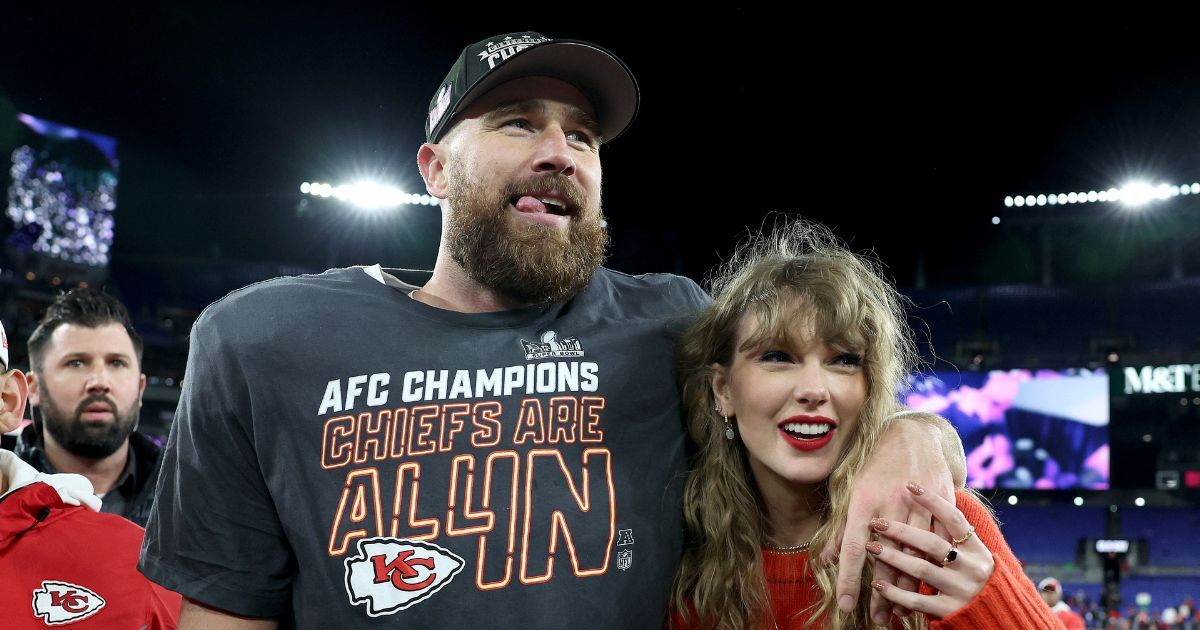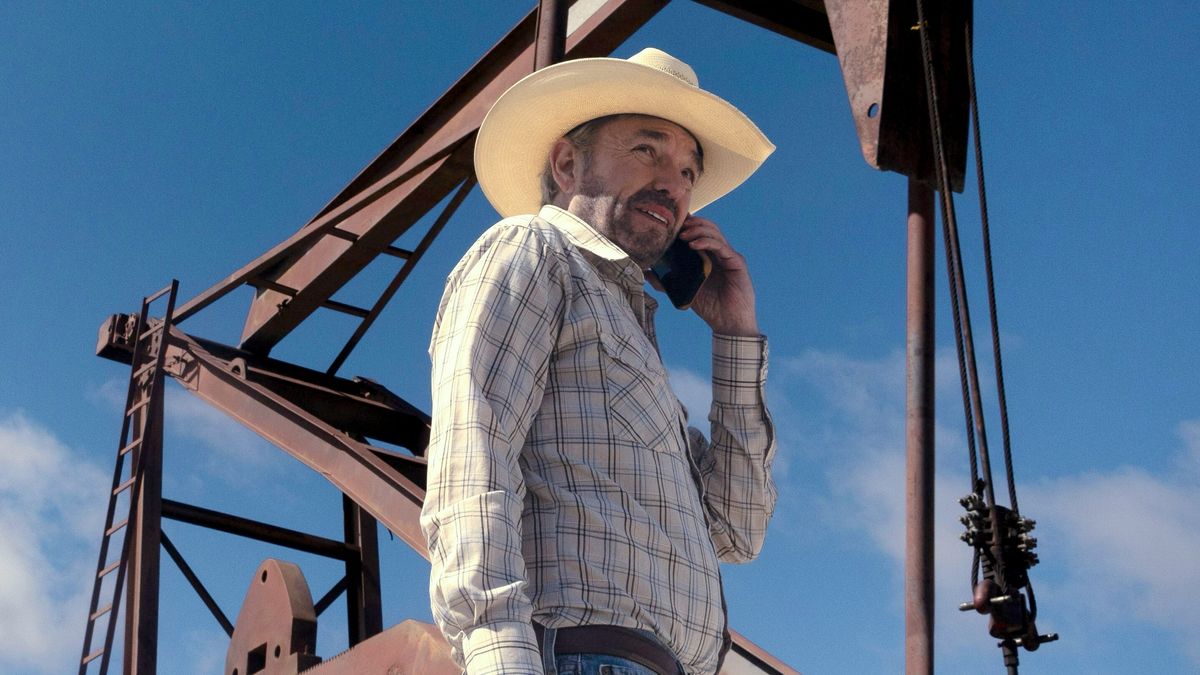Live service video games are starting to get nostalgic about their humble beginnings.
The groundwork for this trend started years ago with World of Warcraft: Classic, which brought the MMO back to its original form. As more live service games have gotten older, we’re seeing more of them embrace “Classic” or “OG” modes that reset the look, feel, and balance of the game back to its earliest days. We’re currently in the midst of a Fortnite season that brings the battle royale back to how it was in Chapter 2, and in December, Fortnite OG is coming back as a dedicated mode. Meanwhile, Overwatch: Classic is running as a limited-time mode to remind people of the good old days of Blizzard’s hero shooter.
A game embracing self-reflexive nostalgia might seem paradoxical, but it’s not that surprising. Just as single-player games and series evolve with each new entry, live service games like Fortnite and Overwatch grow with every new season, update, or balance change. Players yearn for gaming experiences they are nostalgic for, and we’re seven to eight years removed from the beginnings of Fortnite and Overwatch at this point. As more live service games stick around for long and longer, expect this practice to become increasingly common.
Creating nostalgia
When it was released in 2016, Overwatch took the world by storm. It perfected the hero shooter formula and gave Blizzard its first grand new franchise since StarCraft. Overwatch also hopped on the live service trend as it gained momentum and became the golden goose every AAA gaming company attempted to chase. The game evolved over time with new heroes, maps, modes, and mechanics, but there was something truly magical about the early days of Overwatch.
Meanwhile, Fortnite capitalized on PlayerUnknown’s Battlegrounds‘ popularity in 2017 with an experimental battle royale mode. While this was initially a side mode with low expectations, Fortnite: Battle Royale revolutionized the game industry and became a trendsetter in the live service space with its seasonal and battle pass structures. Both Overwatch and Fortnite have drastically evolved since their humble beginnings.
 Blizzard Entertainment
Blizzard EntertainmentWe saw support for Overwatch slow to a crawl, the establishment and collapse of the Overwatch League, and its underwhelming transition into Overwatch 2. We’ve seen multiple Fortnite Chapters with unique maps, modes, mechanics, and outfits, plus the expansion of Fortnite as a hub for other games. While you may have had the same game client installed on your PC for years, there’s no denying that the version of Overwatch or Fortnite that you’re booting up today is much different than the one you’d boot up in 2017. That creates a feeling of nostalgia for the early days of these titles that can be mined for content.
Part of the appeal of live service games is their ever-evolving nature. Players have reasons to return to the game day after day and may find drastic changes or additions of content when they log on. That keeps things balanced and fresh and creates distinct eras for games that people fondly remember. Those memories foster nostalgia, and catering to that nostalgia is a smart avenue for a developer looking for ways to earn back goodwill or bring players back.
For a game like Overwatch 2 with plenty of controversial changes, something like Overwatch: Classic is a safe bet with a proven track record of success. For Epic Games, Fortnite OG is a calculated way to highlight how Fortnite can serve as a hub for several different versions of the same game and potentially bring back people who have not picked the game up since 2017.
 Epic Games
Epic GamesFor live service games that constantly need to find new ways to bring lapsed players back and keep current ones consistently engaged, dipping back into older content isn’t a bad idea. There’s already a proven track record of returning content resonating with fans. Reintroducing that content might be a more meaningful announcement to older players than a brand new season, and these Limited Time Modes or shorter seasons can give developers a stopgap as they work on new content.
Players show up for these throwback releases, too. The initial release of Fortnite OG led to the biggest daily player count in the game’s history, so it makes sense that Epic Games would revisit the concept, and that those behind games like Overwatch 2 would take note and respond accordingly. While these live service games might not feel old because they’re still relevant, they have a lot of history. I only expect throwback seasons and events to get more common the longer these games are in operation.




















 English (US) ·
English (US) ·